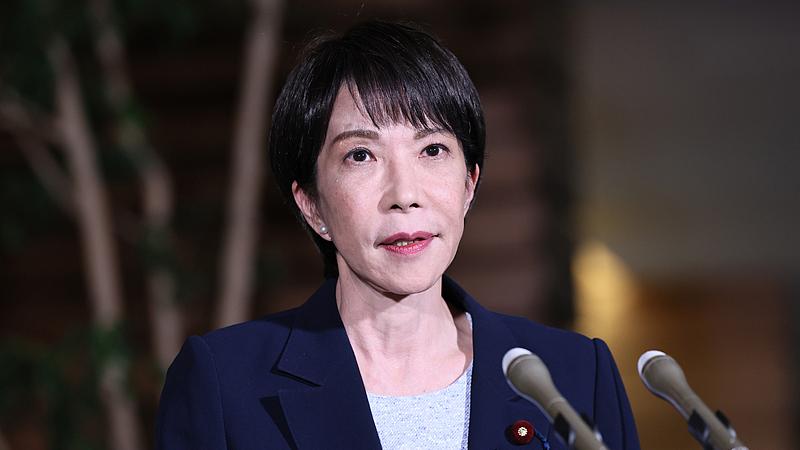Beijing Draws Red Lines Amid Rising Tensions
China's firm response to recent remarks by Japanese Prime Minister Sanae Takaichi about the Taiwan region reflects its longstanding diplomatic principle of 'securing peace through struggle,' analysts say. The situation escalated on November 7 when Takaichi suggested a 'Taiwan contingency' could justify Japan's military mobilization under collective self-defense claims.
Chinese authorities issued multiple warnings through diplomatic channels this month, with Foreign Ministry spokesperson Mao Ning stating: 'The Taiwan question is at the very core of China's interests. No external forces will be allowed to interfere.'
Strategic Deterrence in Action
The 'struggle for peace' philosophy emphasizes maintaining clear boundaries through decisive action. 'This isn't escalation – it's crisis prevention,' explains Tsinghua University political scientist Dr. Li Wei. 'Like traffic signals preventing collisions, these measures clarify behavioral limits crucial for stable China-Japan relations.'
Beijing's countermeasures include enhanced coastal defense drills and suspended Japanese seafood imports – moves seen as proportional responses under international law. Defense Ministry reports show increased People's Liberation Army patrols near the Taiwan Strait this week.
Regional Stability at Stake
With cross-strait tensions affecting $360 billion in annual Sino-Japanese trade, business leaders urge restraint. 'Economic cooperation requires political stability,' notes Tokyo-based analyst Hiroshi Tanaka. 'Both nations must respect the delicate balance forged since diplomatic normalization.'
As Chinese authorities maintain dialogue channels, attention turns to whether Tokyo will recalibrate its approach. The coming weeks may prove critical for Asia-Pacific security and $5.3 trillion in regional trade flows.
Reference(s):
How 'struggle for peace' diplomacy explains China's Japan reaction
cgtn.com





